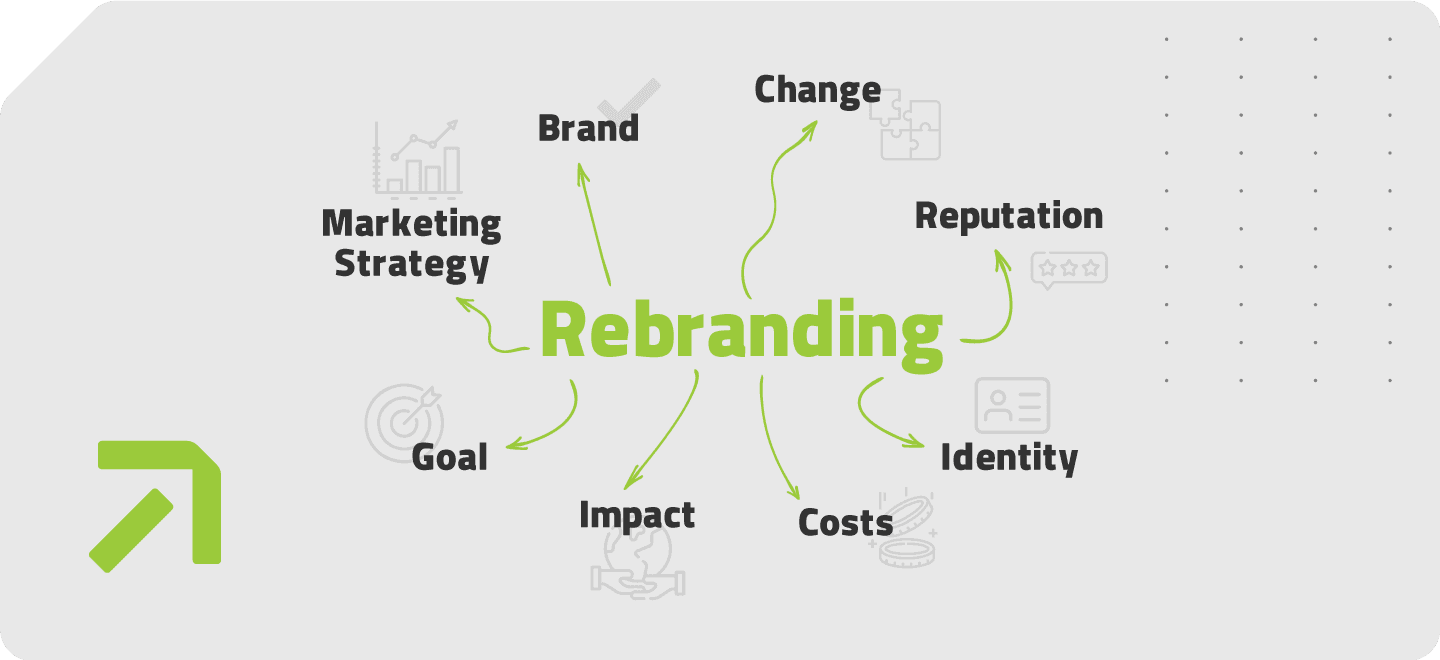Rebranding and its Evolution in the Modern Era
Return to Blogs Introduction
IntroductionIn today's world, branding holds immense significance for organizations and businesses alike. Whether international corporations or local ventures, businesses invest in building, shaping, and growing their brand image. Yet, brand maintenance isn’t static. It requires constant updates, and sometimes, major overhauls—known as rebranding—become essential for staying competitive.
What is Rebranding?Rebranding is a pivotal tool in brand management, helping businesses adjust to market changes and evolving customer needs. It can involve fundamental changes like updating names, logos, colors, visual identity, or even marketing strategies.
When to Rebrand?Many successful brands have embraced rebranding to great effect. But how do you know when it's time? There are clear signs:
A brand may struggle to represent its current identity.
Target audiences shift.
The brand loses its distinctiveness in the market.
Business models change, introducing new products or entering new markets.
- 1. Adapting to New Audience Needs:
- As customer bases evolve, businesses must stay aligned with shifting demands. Rebranding can help businesses adapt to these changes and maintain their appeal to new audiences.
- 2. Market Changes:
- Markets are fluid. Major shifts may demand a more comprehensive approach than simple updates. Rebranding can be an effective solution for aligning a brand with the market.
- 3. Business Growth:
- Expanding into new markets often requires brand realignment across all touchpoints. Rebranding can help ensure that the brand message and identity are consistent and strong across all markets.
- 4. Brand Image & Reputation Repair:
- After facing internal or external challenges, rebranding can rejuvenate a damaged reputation. This is especially true if the brand has faced issues or controversies in the past.
- 5. Strategic Shifts:
- Changes in mission, vision, or product offerings may drive rebranding needs. These changes can include shifts in products and services, entry into new market segments, or changes in marketing and sales strategies.
- 6. Competition:
- Staying ahead in a competitive market means continuously differentiating your brand. Rebranding can help businesses increase their differentiation from competitors and strengthen their competitive advantages.
- 7. Technological Advancements:
- Tech evolutions demand brands stay relevant by incorporating new tools and meeting modern expectations. This can increase the need for rebranding as new technologies create new customer needs and brands must adapt to capitalize on new opportunities.
- 8. Mergers & Acquisitions:
- Integration of brands often requires harmonizing their identities through rebranding. This process can ensure that all new business components operate under a unified brand identity.
 Modern Rebranding Trends
Modern Rebranding TrendsIn today’s fast-paced market, brands may undergo multiple rebranding efforts over their lifespan. Unlike in the past, the intervals between these efforts are shrinking. Brands must stay agile to survive technological advances and rapidly shifting consumer behaviors.
Reasons for Rebranding in the Modern EraModern rebranding has distinct drivers:
Technological progress such as AI and IoT redefines customer expectations.
Consumers today demand better experiences and higher quality.
Increased market competition forces businesses to continuously sharpen their edge.
Trends, from sustainability to social responsibility, are now more critical than ever.
Digital information spreads quickly, meaning brands need to react swiftly to challenges or crises.
Rebranding is essential in today's rapidly evolving landscape. Brands that align with technological growth, adapt to customer needs, anticipate competition, and embrace new trends are those that thrive. When necessary, a well-timed rebranding strategy can ensure ongoing relevance and success in an ever-changing marketplace.
 Case Studies
Case Studies

Rebranding of Leili Pastry
The challenge of rebranding a winning brand is much more sensitive than ...